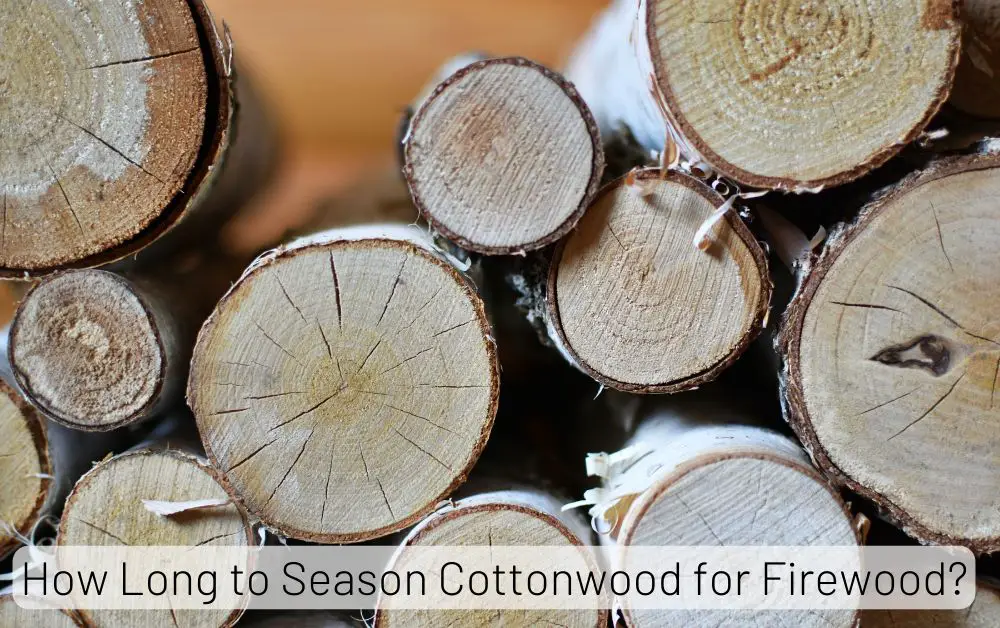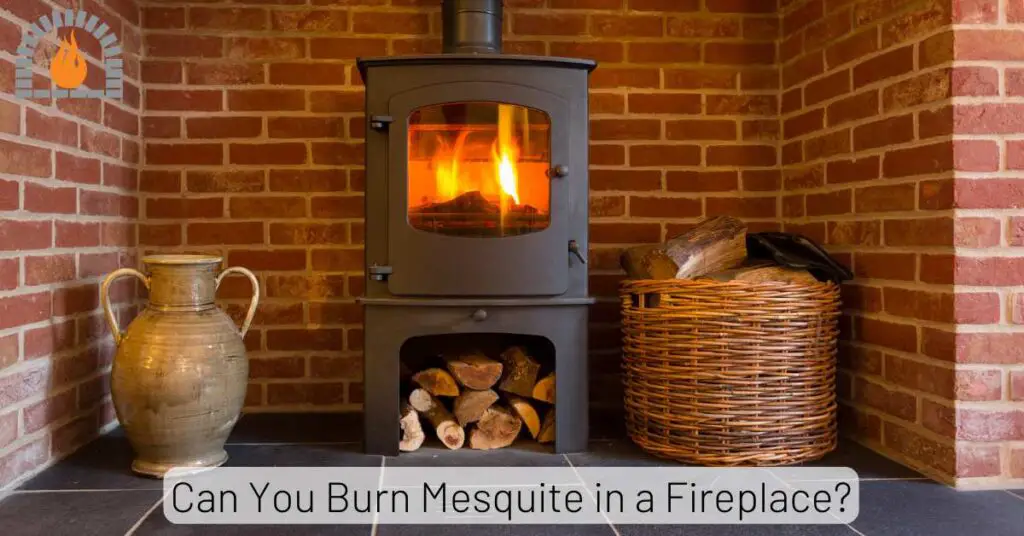In the firewood world, choosing what to burn in your fireplace or wood stove is often a matter of personal preference and regional availability. One wood type that may be less commonly discussed is magnolia wood. Recognized for its distinctive characteristics, magnolia wood raises intriguing questions for those considering it a fuel source. Can you burn magnolia wood?
Yes, you can burn Magnolia wood; however, it has a relatively low BTU, burns quickly, and produces a fair amount of smoke and white ash. That is why it should not be considered a reliable firewood.
Magnolia Firewood Overview
| Property | Magnolia Wood |
|---|---|
| BTU (British Thermal Unit) | Low |
| Smoke Frequency | High |
| Sparking | Moderate |
| Ash Production Frequency | High |
| Splitting | Easy |
Can You Burn Magnolia Wood?
Magnolia wood can be used as a firewood for fireplace and stoves due to its efficient combustion and pleasant aroma when used as firewood. However, its relatively low BTU, rapid burn rate, and the generation of a substantial amount of smoke and white ash make it less than ideal for use as reliable firewood.
Pros of Magnolia Wood as Firewood
- Magnolia trees are widespread in many regions, making the wood accessible for those nearby.
- Magnolia wood tends to be relatively easy to split, simplifying the process of preparing it in a fireplace or wood stove.
- Burning Magnolia wood can release a pleasant aroma, creating a cozy and inviting atmosphere.
Cons of Magnolia Firewood
- Magnolia wood has a relatively low heat output (BTU), which may not provide as much warmth as other hardwoods.
- It burns quickly, necessitating more frequent replenishment, which can be inconvenient for those looking for long-lasting, sustained heat.
- Magnolia wood produces a fair amount of smoke and white ash, potentially leading to more maintenance and cleaning of the fireplace or stove.
- The quality of Magnolia wood can vary, and not all parts of the tree are suitable for burning, leading to a less consistent and reliable source of firewood.
- Due to its smoke production and lower heat output, there may be better choices than Magnolia wood for those intending to use it for cooking purposes.
Related Post: Can You Burn Eucalyptus Wood?
Considerations Before Burning Magnolia Wood
Like any other type of wood, the moisture content of magnolia wood plays a crucial role in its combustion. Ensuring the wood is seasoned correctly, with a moisture content of around 20% or less, is advisable. This enhances the efficiency of the burn and minimizes the production of creosote.
Magnolia wood should be cut and split to an appropriate size to optimize burning. This facilitates easier ignition and promotes a consistent and controlled burn. Aim for pieces that are roughly six inches in diameter for optimal results.
Adequate ventilation is essential when burning magnolia wood. Ensuring proper airflow around the wood enhances combustion efficiency and reduces the likelihood of excessive smoke. This is particularly important for those using magnolia wood in a fireplace or wood-burning stove.
Related Post: How Long to Season Cottonwood for Firewood?
Final Thoughts
In conclusion, burning magnolia wood can be a rewarding experience, providing a gentle heat source and a delightful aroma.
By understanding its burning characteristics and adhering to proper precautions, enthusiasts can enjoy the unique qualities of magnolia wood as a viable and aesthetically pleasing fuel option.
Whether for warmth or ambiance, the art of burning magnolia wood adds a touch of nature’s charm to any setting.
Affiliate Disclosure: Fireplaceadviser.com is a participant in the Amazon Services LLC Associates Program. We may earn a commission when you click on certain links on this site and purchase.

Hello!! I am Jamal Khan. I often fix my home electric heaters and gas stove problems and research the common issues in the heating units to improve my knowledge and expertise. The aim of establishing fireplaceadviser.com is to share my expertise and knowledge with my audience.















